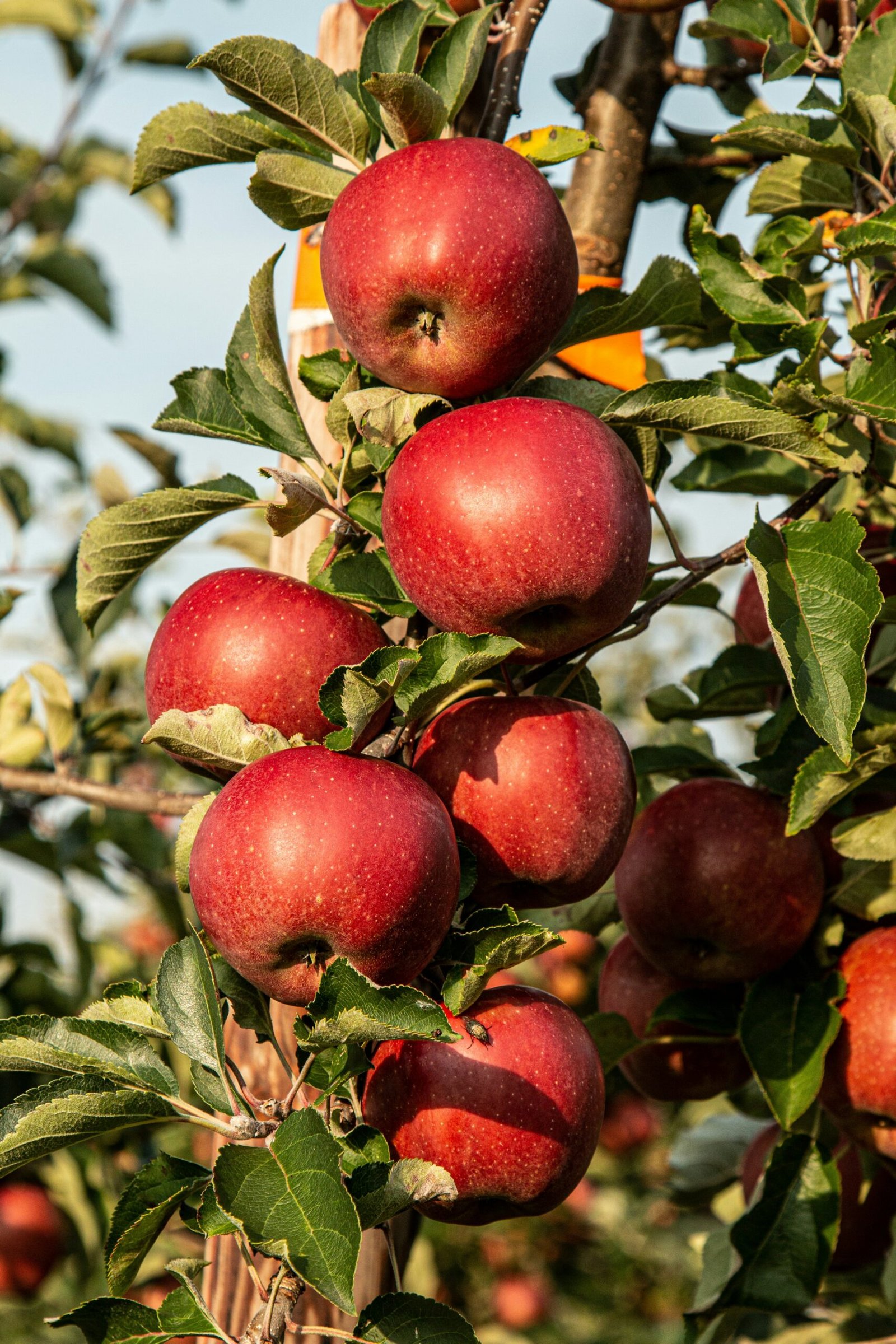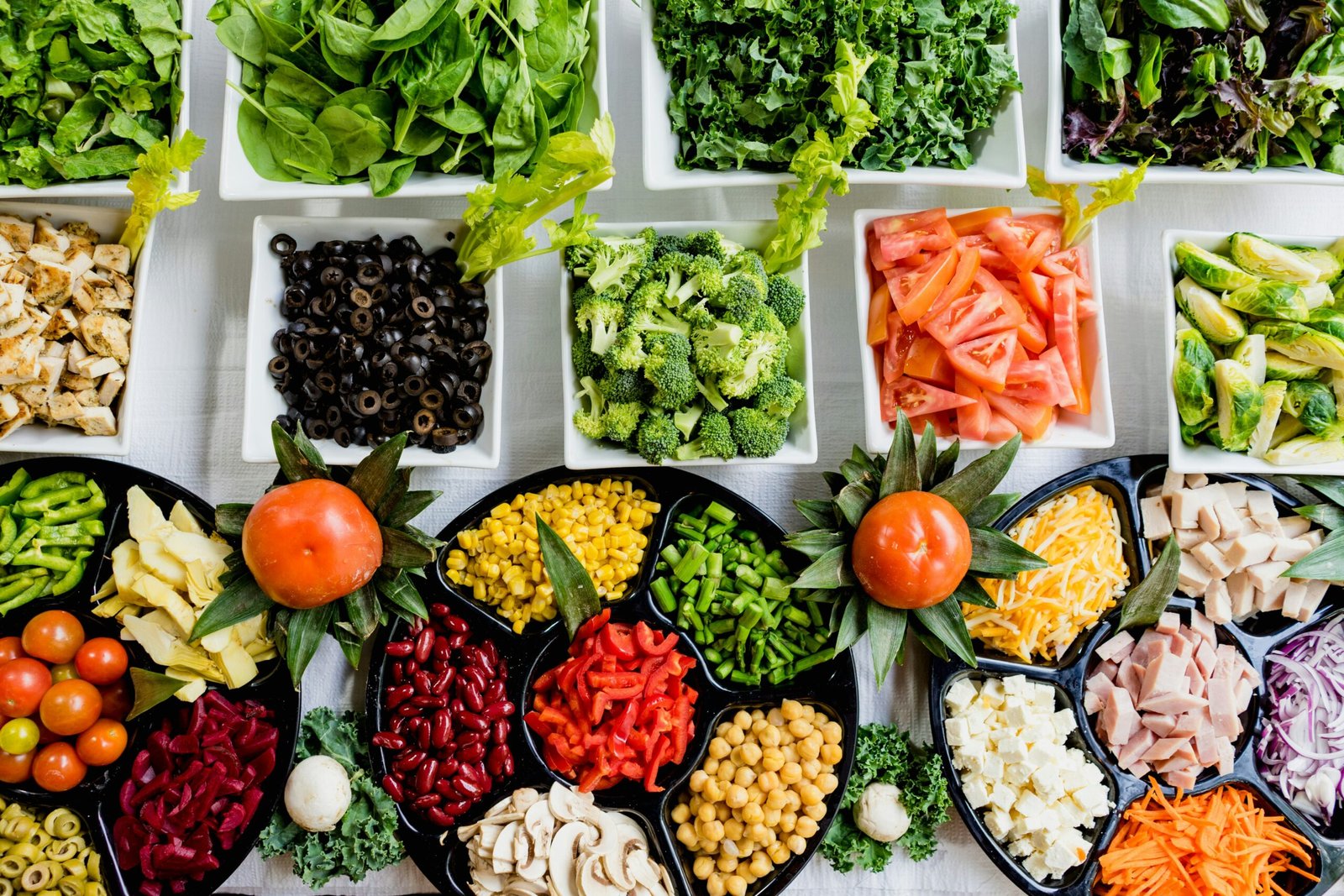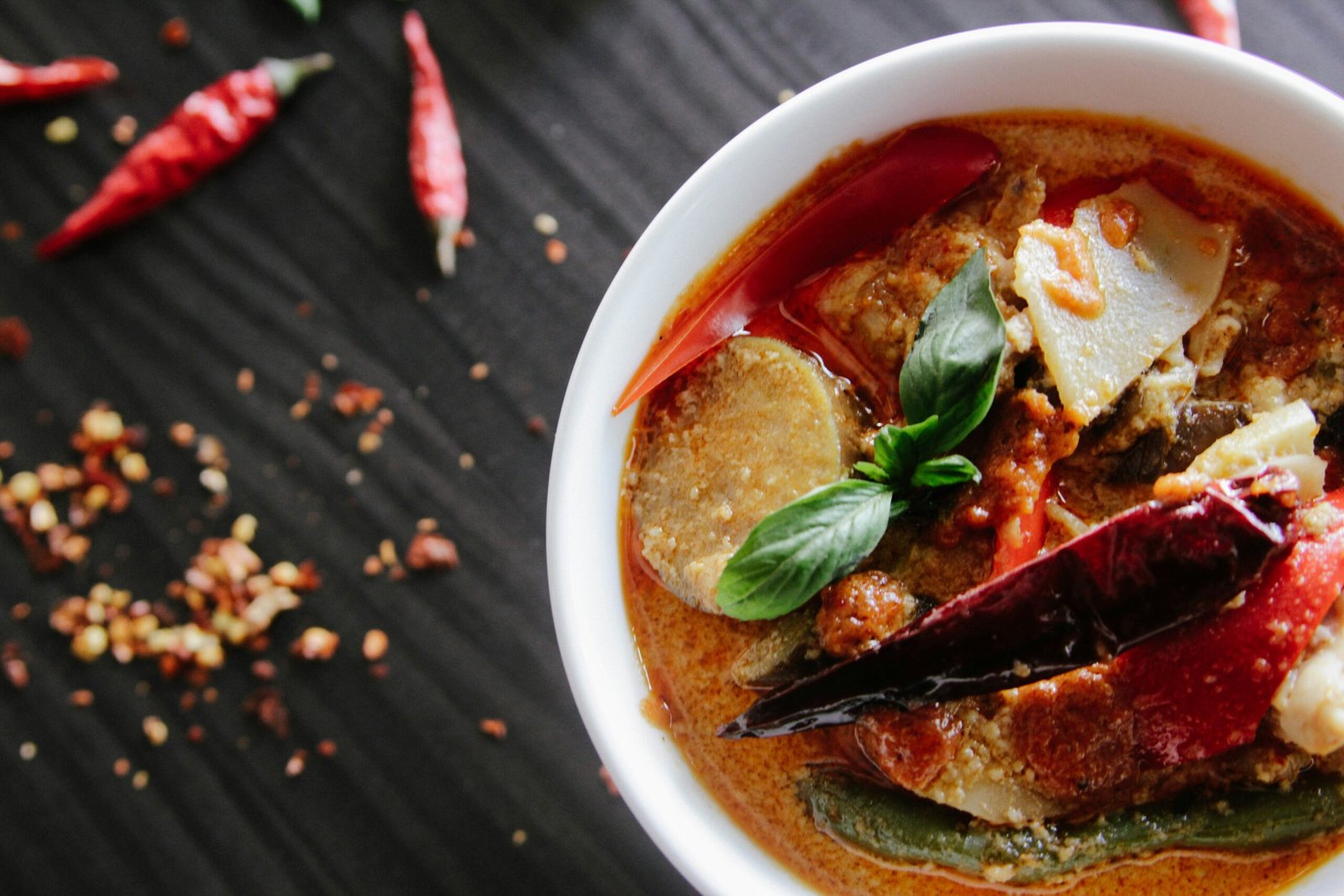One of the most iconic dishes in Swedish cuisine is the famous Swedish meatballs. Made from a combination of ground beef and pork, these flavorful meatballs are typically served with lingonberry jam and creamy gravy. The secret to their deliciousness lies in the spices used, which often include a blend of allspice, nutmeg, and cardamom. Swedish meatballs are a staple in Swedish households and are often enjoyed during festive occasions or as a comforting meal on a cold winter’s day.
In addition to meatballs, fish also plays a prominent role in Swedish cuisine. With its long coastline and abundance of lakes and rivers, Sweden is blessed with an abundance of fresh seafood. One popular fish dish is gravlax, which is made by curing salmon in a mixture of salt, sugar, and dill. The result is a tender and flavorful fish that is often served as an appetizer or on open-faced sandwiches.
Another beloved Swedish dish is the traditional smorgasbord, a buffet-style meal that showcases a wide variety of cold and hot dishes. This culinary tradition dates back to the 16th century and was originally a way for farmers to showcase their harvest during the harvest festival. Today, the smorgasbord is a popular choice for celebrations and special occasions, offering an array of dishes such as pickled herring, cured meats, cheeses, and various salads.
Swedish cuisine is also known for its focus on locally sourced and seasonal ingredients. With its short growing season, Sweden has perfected the art of preserving and pickling fruits and vegetables. This preservation technique allows Swedes to enjoy the flavors of summer all year round. One popular example is the pickled cucumber, a tangy and refreshing accompaniment to many Swedish dishes.
While traditional Swedish cuisine holds a special place in the hearts of its people, Sweden is also a hub for culinary innovation. The country has a vibrant food scene that embraces new flavors and techniques. Chefs in Sweden are known for their creativity and ability to blend traditional Swedish ingredients with international influences.
Whether you are a fan of classic Swedish dishes or are looking to explore the cutting-edge culinary scene, Sweden offers a gastronomic experience that is sure to leave you satisfied. From cozy cafes serving traditional pastries to Michelin-starred restaurants pushing the boundaries of Nordic cuisine, Swedish food is a true delight for food lovers.
Another staple in Swedish cuisine is the smorgasbord, a buffet-style meal that showcases a wide variety of dishes. The word “smorgasbord” translates to “sandwich table,” but it is much more than just sandwiches. A typical smorgasbord spread includes an assortment of cold cuts, pickled herring, smoked salmon, cheeses, bread, and various salads.
Swedish cuisine also has a strong focus on seafood, thanks to the country’s extensive coastline. It is not uncommon to find dishes like gravlax, a cured salmon dish flavored with dill and served with a mustard sauce, or crayfish, which is traditionally enjoyed during late summer crayfish parties.
When it comes to desserts, Sweden has some delightful treats to offer. One of the most beloved is the cinnamon bun, or “kanelbulle.” These sweet pastries are made with a dough infused with cardamom and cinnamon, then rolled up, baked, and topped with pearl sugar. They are often enjoyed with a cup of coffee or tea, and are a popular choice for fika, the Swedish tradition of taking a break for coffee and a snack.
Swedish cuisine also has its own unique holiday traditions. For example, during Christmas, Swedes indulge in a feast known as “julbord,” which features dishes like Christmas ham, pickled herring, and a variety of traditional sweets. Another holiday favorite is “semla,” a sweet bun filled with almond paste and topped with whipped cream, typically enjoyed on Fat Tuesday.
Overall, Swedish food is a delightful blend of simple yet flavorful dishes that celebrate the country’s natural resources and culinary traditions. Whether you’re enjoying a plate of meatballs, sampling a variety of dishes at a smorgasbord, or treating yourself to a cinnamon bun, Swedish cuisine is sure to leave a lasting impression on your taste buds.
But Swedish cuisine is not just about seafood and potatoes. The country is also known for its hearty stews and soups, which are perfect for warming up during the cold winter months. One such dish is “Ärtsoppa,” a traditional pea soup made with yellow peas, smoked pork, and served with a side of mustard and pancakes. This dish has been a staple in Swedish households for centuries and is often enjoyed on Thursdays, a tradition that dates back to the Middle Ages.
When it comes to desserts, Sweden has a few specialties that are sure to satisfy any sweet tooth. One popular treat is “Kanelbulle,” a cinnamon bun that is soft, fluffy, and filled with a delicious cinnamon and sugar mixture. These buns are a staple in Swedish bakeries and are often enjoyed with a cup of coffee or tea. Another popular dessert is “Prinsesstårta,” a beautiful layer cake filled with vanilla cream, raspberry jam, and topped with a layer of green marzipan. This cake is often served at special occasions such as birthdays and weddings.
In addition to these traditional dishes, Sweden is also known for its commitment to sustainability and locally sourced ingredients. The concept of “lagom,” which means “just the right amount,” is deeply ingrained in Swedish culture and extends to the way they approach food. Locally sourced and organic ingredients are prioritized, and there is a strong emphasis on reducing food waste. This commitment to sustainability is reflected in the quality and freshness of the ingredients used in Swedish cuisine.
Overall, Swedish cuisine offers a diverse range of flavors and dishes that are sure to delight food lovers from around the world. From fresh seafood to hearty stews and delicious desserts, exploring Swedish flavors is a culinary journey worth embarking on.
One of the most renowned restaurants in Stockholm that embodies this modern take on Swedish cuisine is Noma. With its focus on using local and foraged ingredients, Noma has become a pioneer in the New Nordic movement. The restaurant’s menu changes with the seasons, showcasing the best that Sweden has to offer at any given time.
For example, during the summer months, Noma might feature dishes such as grilled reindeer with lingonberries and wild mushrooms, highlighting the flavors of the Swedish forest. In the winter, they might serve a dish like smoked salmon with pickled vegetables and dill, showcasing the country’s rich seafood traditions.
But it’s not just high-end restaurants like Noma that are pushing the boundaries of Swedish cuisine. The street food scene in Stockholm is also embracing innovation and creativity. Food markets such as Smorgastarteriet and Hötorgshallen offer a diverse range of street food options, from traditional Swedish meatballs with a modern twist to fusion dishes that blend Swedish and international flavors.
One popular street food dish that has gained popularity in recent years is the “kanelbulle,” a traditional Swedish cinnamon bun. While the classic version is still widely enjoyed, many vendors have started experimenting with different flavors and fillings, such as cardamom and apple or chocolate and sea salt. These modern takes on a beloved Swedish treat have become a hit among locals and tourists alike.
Overall, the modern takes on Swedish cuisine are a testament to the country’s culinary creativity and willingness to embrace change. Whether you’re dining at a high-end restaurant or grabbing a quick bite from a food truck, you’re sure to find a delicious and innovative dish that showcases the best of what Sweden has to offer.
Swedish Food: A Culinary Adventure
Whether you’re a fan of traditional comfort food or crave the excitement of modern culinary creations, Swedish cuisine has something to offer. From the comforting flavors of meatballs and potatoes to the delicate freshness of Swedish seafood, each dish tells a story and reflects the unique culture and heritage of Sweden.
Swedish cuisine is known for its simplicity and focus on natural, high-quality ingredients. The use of fresh herbs, berries, and vegetables is prominent in many dishes, adding a burst of flavor and color to the plate. One popular Swedish dish that exemplifies this is the classic Smörgåsbord, a buffet-style meal featuring a variety of cold and hot dishes. It is a feast for the senses, with an array of pickled herring, cured salmon, smoked meats, and artisanal cheeses, all accompanied by crispbread and butter.
Another iconic Swedish dish is the famous Swedish meatballs. These savory morsels, made from a combination of ground beef and pork, are seasoned with spices like allspice and nutmeg, giving them a unique and delicious flavor. Served with creamy gravy, lingonberry sauce, and a side of mashed potatoes, Swedish meatballs are the epitome of comfort food.
When it comes to seafood, Sweden’s long coastline provides an abundance of fresh and flavorful options. From the delicate sweetness of crayfish to the rich and buttery taste of smoked salmon, Swedish seafood is a true delight. One must-try dish is the Gravlax, which is thinly sliced cured salmon, marinated in a mixture of salt, sugar, and dill. This dish is often served with a sweet mustard sauce and is perfect for an elegant appetizer or a light lunch.
Swedish desserts are equally enticing, with classics like the Swedish Princess Cake stealing the show. This iconic cake consists of layers of sponge cake, raspberry jam, vanilla custard, and whipped cream, all covered in a vibrant green marzipan icing. It is a true work of art and a must-try for anyone with a sweet tooth.
So, the next time you find yourself in Sweden or come across a Swedish restaurant in your city, don’t hesitate to embark on a culinary adventure and savor the flavors of this remarkable region. From the first bite to the last, Swedish food is sure to leave a lasting impression.







